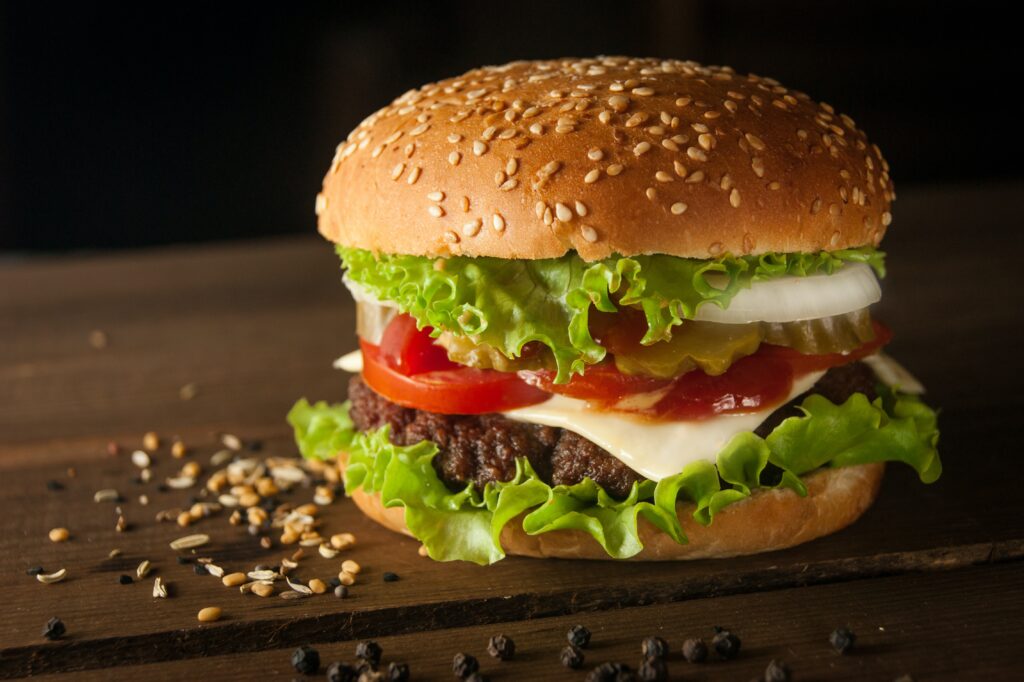Commercials, billboards, and flyers serve as some of the means for fast food marketers to reach their target audience of consumers that are on the go, in a rush, or are looking for easy meal alternatives. The trick to grabbing their attention is just that: to trick. While soda products appear crisp and fizzy with the help of antacids, the buoyancy of breakfast cereal in a bowl would lose its visual luster without the aid of glue. It goes without saying that consumers may enjoy these products without antacids or glue, however, a new lawsuit may counter that argument.
Burger King is under fire for its Whopper commercials, which portray the flame-grilled patties as arguably twice the size of the real product that customers receive. In addition, the ingredients that top the beef burgers are shown to spill over the sandwich. Consumers in a recently filed class action lawsuit claim that this portrayal of a burger and toppings that almost overwhelm the bun is false and misleading. A judge has dismissed portions of the lawsuit that focus on television commercials and print advertisements but is allowing the plaintiffs to continue the claim against in-store menu boards. The plaintiffs are seeking $5 million in damages and are claiming that the issue is a breach of contract.
Burger King has responded to the lawsuit and has attempted to have the class action dismissed. The company’s defense relies on the understanding that a reasonable consumer would not expect the Whopper to look identical to the products shown in advertisements. Anybody who has cooked beef or meat would know that placing a burger in contact with heat will cause it to shrink. Despite the debate over what consumers should know, a jury will be left to determine what reasonable people may surmise from advertisements. Burger King has defended its marketing and has asserted that the beef patties in advertisements are the same burgers served to its customers across the country.


